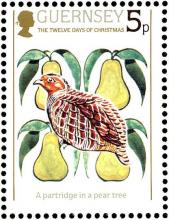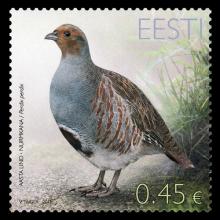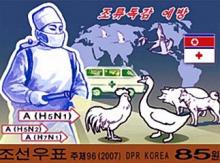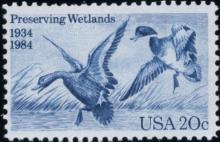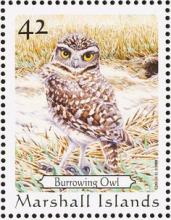Shorebird populations have shrunk by 70% across North America since 1973
Shorebird populations have shrunk, on average, by an estimated 70% across North America since 1973, and the species that breed in the Arctic are among the hardest hit. The crashing numbers, seen in many shorebird populations around the world, have prompted wildlife agencies and scientists to warn that, without action, some species might go extinct. Although the trend is clear, the underlying causes are not. That’s because shorebirds travel thousands of kilometres a year, and encounter so many threats along the way that it is hard to decipher which are the most damaging.





